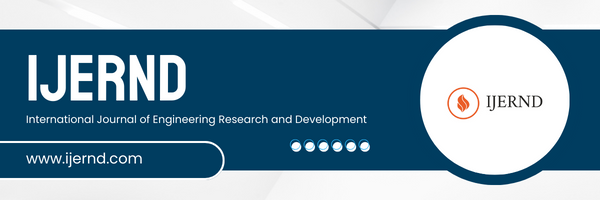The Block Chain
decentralized system
Abstract
-
Consensus Mechanisms: Abstract models or protocols used by blockchain networks to achieve agreement among nodes on the validity of transactions and the state of the ledger. Examples include Proof of Work (PoW), Proof of Stake (PoS), and Practical Byzantine Fault Tolerance (PBFT).
-
Cryptographic Hash Functions: Mathematical algorithms that take an input (or 'message') and produce a fixed-size string of characters, which is a unique representation of the input. In blockchain, hash functions are used for data integrity and linking blocks in the chain.
-
Immutable Ledger: An abstract concept describing the property of a blockchain where once data is recorded, it cannot be altered or deleted. This immutability ensures the integrity and trustworthiness of the transaction history.
-
Distributed Network: A network architecture where components or nodes are spread across multiple locations and communicate with each other to achieve a common goal. In the context of blockchain, the distributed network ensures redundancy, resilience, and decentralization.
-
Smart Contracts: Self-executing contracts with the terms of the agreement directly written into code. Smart contracts automatically execute and enforce the terms of an agreement when predefined conditions are met, without the need for intermediaries.
-
Tokenization: The process of representing real-world assets or rights on a blockchain as digital tokens. These tokens can represent ownership, voting rights, or other forms of value and can be traded or transferred on the blockchain.



